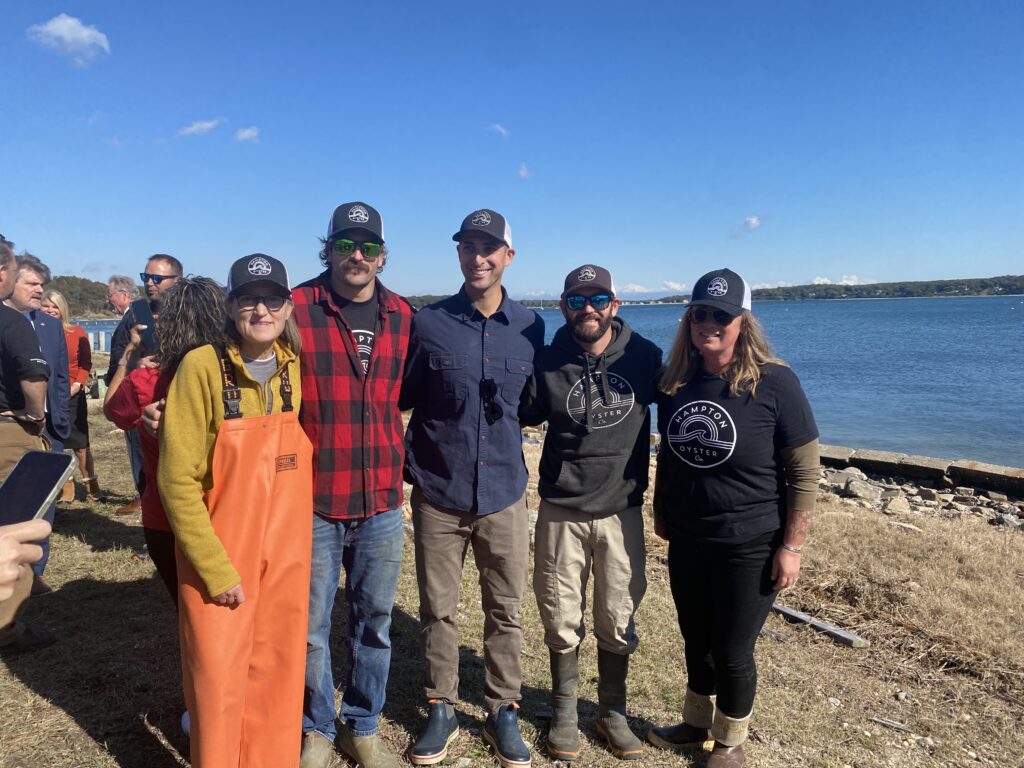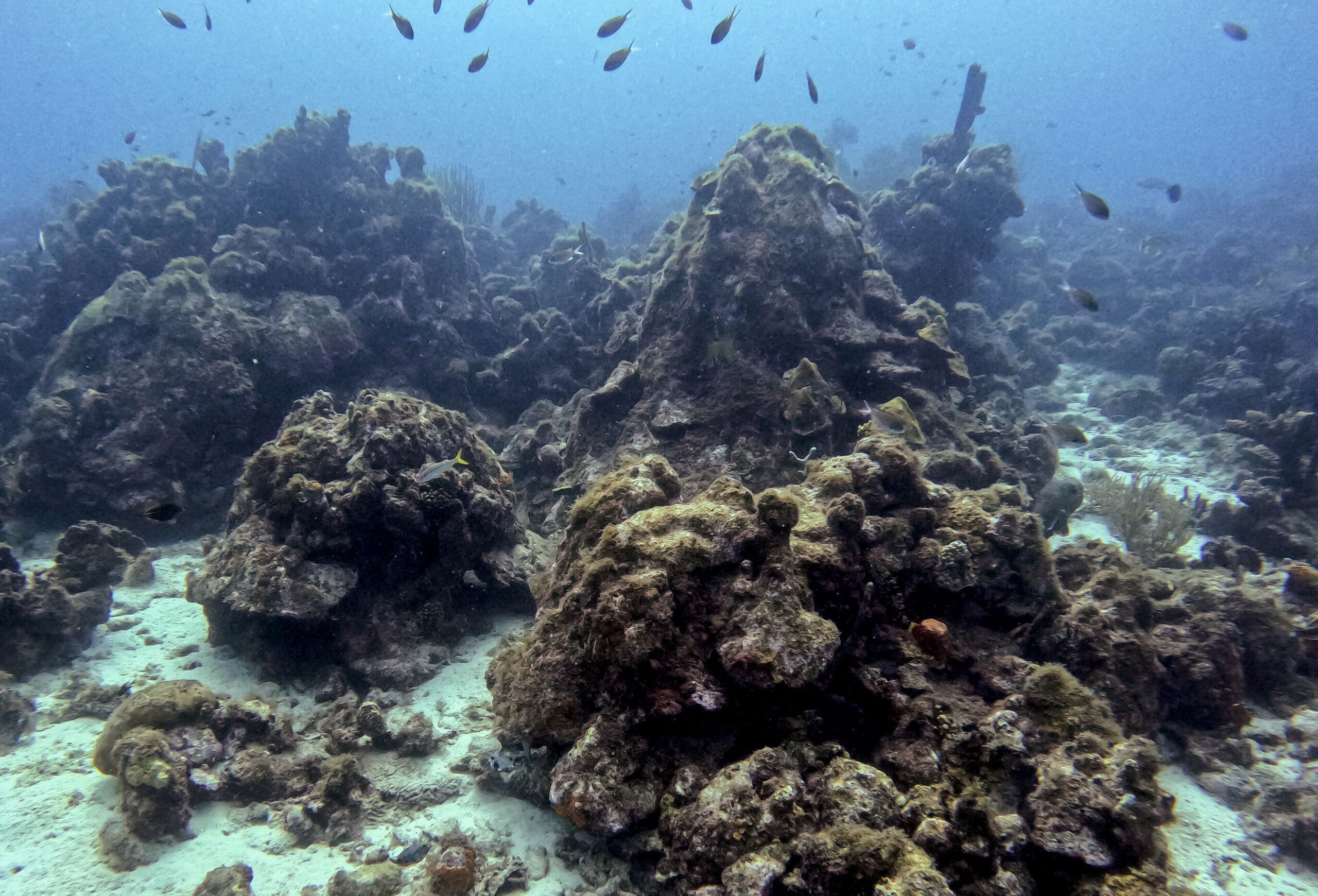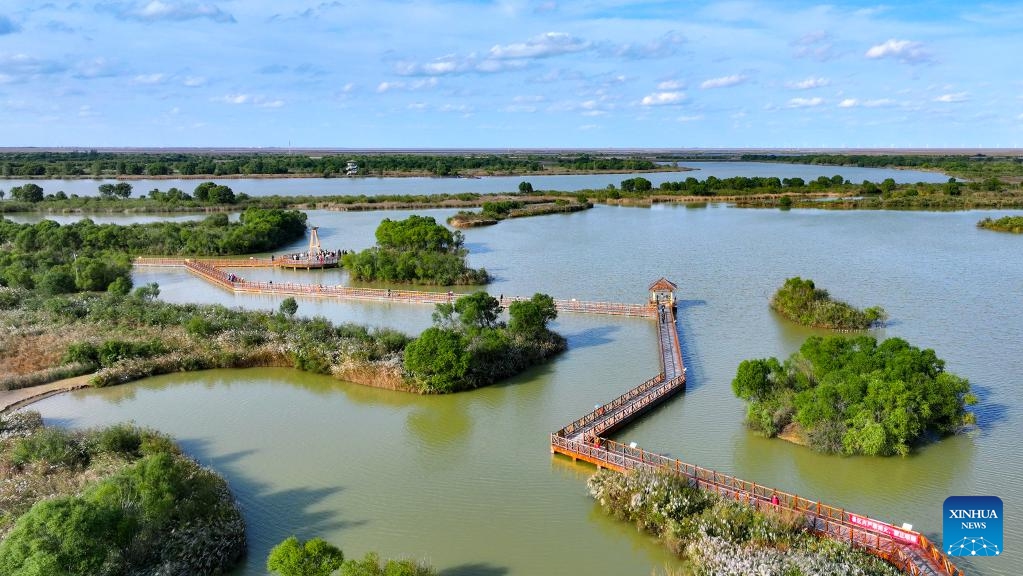North Fork oyster farmers awarded $1.2M in state aquaculture grants – The Suffolk Times

Report on New York State Aquaculture Grants and Alignment with Sustainable Development Goals
1.0 Executive Summary
New York State has allocated $1.2 million in equipment grants to six oyster farms on the North Fork through the Long Island Aquaculture Infrastructure Grant Program. This initiative is designed to upgrade operational capabilities, increase production, and significantly advance several United Nations Sustainable Development Goals (SDGs). The funding directly supports technological innovation, environmental restoration, and local economic growth, positioning the region’s aquaculture industry as a leader in sustainable practices.
2.0 Grant Allocation and Recipients
The funding was distributed to enhance the infrastructure of local aquaculture operations. The primary objective is to help farmers streamline processes and increase the output of sustainable seafood. The recipients of the initial grant round are as follows:
- Hampton Oyster Company
- Widow’s Hole Oysters
- Cornelius Oyster Company
- Little Ram Oyster Company
- North Fork Big Oyster
- Spinelli’s Sea Farms
3.0 Contribution to Sustainable Development Goals (SDGs)
This state-led investment program demonstrates a strong alignment with the global agenda for sustainable development. The key impacts are categorized below.
3.1 SDG 9: Industry, Innovation, and Infrastructure
The grants are explicitly for equipment, fostering innovation within the aquaculture industry. A primary example is the Hampton Oyster Company, which will utilize its funds to implement advanced digital grading technology. This system automates oyster sorting through high-speed imaging and sensors, representing a significant upgrade to industry infrastructure and efficiency.
3.2 SDG 14: Life Below Water
Oyster farming provides critical ecosystem services that directly support the conservation and sustainable use of marine resources. As stated by Joe Finora of the Hampton Oyster Company, each oyster contributes to the health of the local bay by acting as a natural filter. This initiative directly advances SDG 14 by:
- Improving water quality through natural filtration.
- Supporting the growth of clean and productive marine ecosystems.
- Promoting the cultivation of a sustainable marine resource.
3.3 SDG 8: Decent Work and Economic Growth & SDG 12: Responsible Consumption and Production
The program serves as a catalyst for sustainable economic development. By enabling farms to increase production and competitiveness, the grants support local job creation and secure the long-term viability of the aquaculture sector. This promotes **SDG 8**. Furthermore, the focus on boosting the supply of locally farmed seafood strengthens sustainable food systems and aligns with the principles of **SDG 12** by promoting responsible production patterns.
4.0 Governmental Support and Future Outlook
Support for the program has been affirmed by state officials, including New York State Agriculture Commissioner Richard Ball and Assembly members Jodi Giglio and Tommy John Schiavoni, who recognize aquaculture as a vital component of the state’s agricultural landscape. A second funding round of $3 million has been announced, scheduled to begin on November 3. This subsequent phase will target construction, renovation, and installed fixtures, indicating a continued strategic commitment to building a resilient and sustainable aquaculture industry in alignment with the SDGs.
Analysis of Sustainable Development Goals in the Article
1. Which SDGs are addressed or connected to the issues highlighted in the article?
-
SDG 8: Decent Work and Economic Growth
- The article highlights the economic support for local businesses through the “$1.2 million” grant program. This funding is intended to help oyster farms “remain competitive” and “supports local jobs,” directly contributing to local economic growth and the sustainability of small enterprises.
-
SDG 9: Industry, Innovation, and Infrastructure
- The grants are specifically for “equipment” and “infrastructure” to “upgrade operations.” The mention of implementing “digital grading technology that will automate oyster sorting by size, shape and weight using high-speed imaging and sensors” is a clear example of investing in innovation and modernizing industry infrastructure.
-
SDG 12: Responsible Consumption and Production
- The article emphasizes the goal of “positioning Long Island as a national leader in sustainable seafood production.” This directly aligns with the principles of sustainable management of resources and promoting sustainable production practices within the aquaculture industry.
-
SDG 14: Life Below Water
- This is a central theme, as the article states that oyster farming has direct environmental benefits. The quote, “Every oyster we grow filters the bay, supports local jobs and strengthens the clean, productive ecosystems that define our region,” shows a direct link to the conservation and sustainable use of marine resources and the restoration of marine ecosystems.
2. What specific targets under those SDGs can be identified based on the article’s content?
-
Under SDG 8: Decent Work and Economic Growth
- Target 8.2: Achieve higher levels of economic productivity through diversification, technological upgrading and innovation. The grant funding for “digital grading technology” is a direct investment in technological upgrading to “streamline operations and increase production.”
- Target 8.3: Promote development-oriented policies that support productive activities, decent job creation… and encourage the formalization and growth of micro-, small- and medium-sized enterprises. The “Long Island Aquaculture Infrastructure Grant Program” is a policy initiative that provides direct financial support to small farms, fostering their growth and competitiveness.
-
Under SDG 9: Industry, Innovation, and Infrastructure
- Target 9.1: Develop quality, reliable, sustainable and resilient infrastructure… to support economic development. The article mentions a second round of funding worth “$3 million” specifically for “construction, renovation and installed fixtures,” which is a direct investment in developing sustainable industry infrastructure.
-
Under SDG 12: Responsible Consumption and Production
- Target 12.2: By 2030, achieve the sustainable management and efficient use of natural resources. The support for oyster farming, described as “sustainable seafood production,” promotes a method of food production that also contributes positively to the ecosystem (“filters the bay”).
-
Under SDG 14: Life Below Water
- Target 14.2: By 2020, sustainably manage and protect marine and coastal ecosystems to avoid significant adverse impacts… and take action for their restoration. The article implies that oyster farming is a form of restoration, as the oysters actively create “clean, productive ecosystems” by filtering the water.
- Target 14.7: By 2030, increase the economic benefits… from the sustainable use of marine resources, including through sustainable management of… aquaculture. The grant program is designed to “boost production” and help farms “remain competitive,” thereby increasing the economic benefits derived from sustainable aquaculture.
3. Are there any indicators mentioned or implied in the article that can be used to measure progress towards the identified targets?
-
Financial Investment Indicators
- The article explicitly mentions the total amount of grant funding provided: “$1.2 million” for equipment and another “$3 million” planned for infrastructure. This serves as a direct indicator of financial resources mobilized to support sustainable industries.
-
Economic and Production Indicators
- The number of businesses supported (six North Fork oyster farms) is a clear indicator of the program’s reach.
- The stated goal to “boost production” implies that an increase in the quantity or value of oysters produced by these farms would be a key performance indicator for measuring economic growth and productivity (Target 8.2).
-
Technological Adoption Indicators
- The implementation of “digital grading technology” by at least one farm is an indicator of technological upgrading within the industry (Target 8.2).
-
Environmental Health Indicators
- While not quantified, the statement that oysters “filter the bay” and support “clean, productive ecosystems” implies that progress could be measured by improvements in water quality or the health of the marine ecosystem where these farms operate (Target 14.2). The total number of oysters grown could serve as a proxy indicator for the volume of water filtered.
4. Summary Table of SDGs, Targets, and Indicators
| SDGs | Targets | Indicators |
|---|---|---|
| SDG 8: Decent Work and Economic Growth |
|
|
| SDG 9: Industry, Innovation, and Infrastructure |
|
|
| SDG 12: Responsible Consumption and Production |
|
|
| SDG 14: Life Below Water |
|
|
Source: suffolktimes.timesreview.com
What is Your Reaction?
 Like
0
Like
0
 Dislike
0
Dislike
0
 Love
0
Love
0
 Funny
0
Funny
0
 Angry
0
Angry
0
 Sad
0
Sad
0
 Wow
0
Wow
0














































/environment-climate-change-and-health-(ech)/water-sanitation-hygiene-and-health-(wsh)/landfill-tuvalu-36092.tmb-1200v.jpg?sfvrsn=5c21fe40_1#)



.jpg.webp?itok=0ZsAnae9#)
























